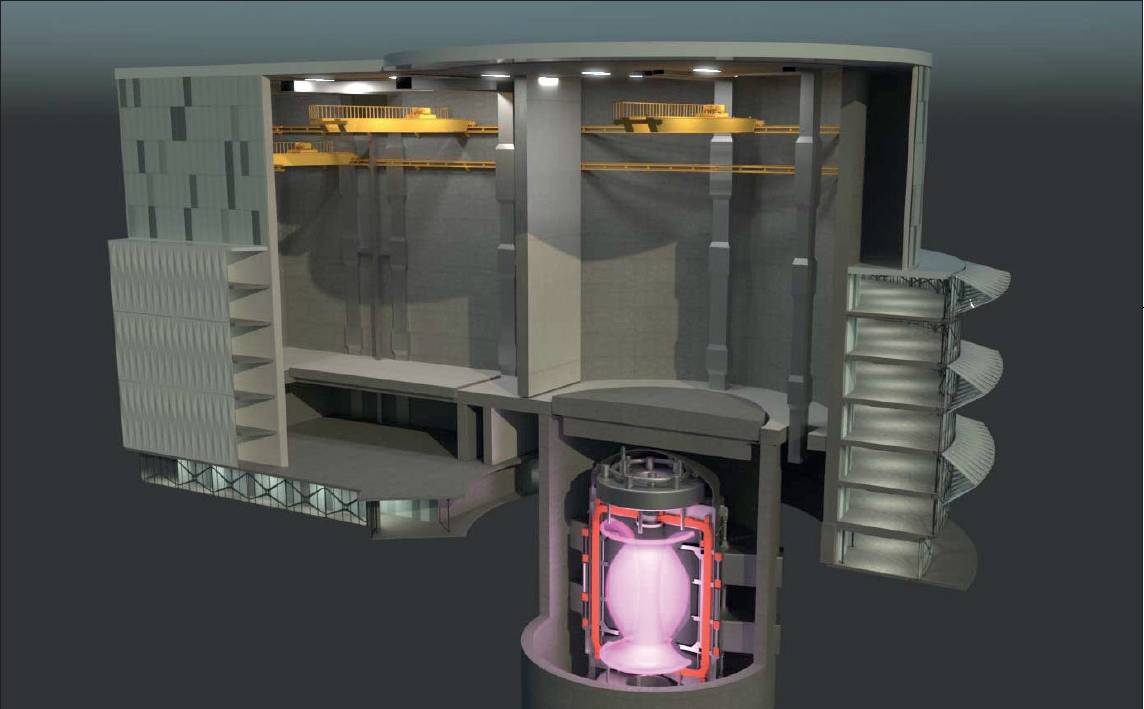Letters to the editor and comments online
Your View
Energy
Developing fusion is no cakewalk
The opinion article from Andrew Holland on fusion opportunities (NCE, online, 26 June) is reminiscent of claims made by proponents of nuclear fission that the generated electricity would be “too cheap to meter”, blithely ignorant of the realities of the technology.
The article downplays challenges of designing and constructing the plants, indicating that it will be much easier than the same for fission reactor plants. In fact, the opposite is true – but for different reasons.
 Fusion power: More challenging than some would claim
Fusion power: More challenging than some would claim
Although fusion reactors will not produce spent fuel with halflives of thousands of years, they will produce copious amounts of “activation products” – metals, some of which remain highly radioactive for hundreds of years.
The quantities of these activation materials will be significant because the “first wall” of the reactor must be replaced routinely due to the very high bombardment by activating particles inside the reactor which embrittle the wall. All of the removal, replacement, storage and disposal activities will have to be done remotely due to the very high radiation levels – much like radioactive waste from fission plants.
Many designs for fusion reactors depend on the radioactive form of hydrogen called “tritium” as fuel. To make the operation economically feasible, more tritium must be “bred” in the area surrounding the reactor. The problem is that tritium is radioactive and extremely difficult to contain. The radiation levels are low and fairly easily managed. But, tritium very quickly becomes part of any water with which it comes in contact. If a drop of tritiated water contacts a person’s skin or is inhaled as vapour, the tritium immediately spreads throughout the individual’s body. Containment of tritium, specifically including maintenance activities, will require meticulous design, construction and operation.
Addressing these challenges will not be impossible, but doing so will not be fast, easy or cheap. It is a disservice to suggest that supporting commercial-scale fusion technology will be a non-radioactive cakewalk.
George Clare, george.clare@yahoo.com
The Editor, New Civil Engineer,
4th Floor, Harmsworth House, 13-15 Bouverie Street, London EC4Y 8DP
Email: nceedit@emap.com
Please state whether you require your contact details to be withheld should your letter be published